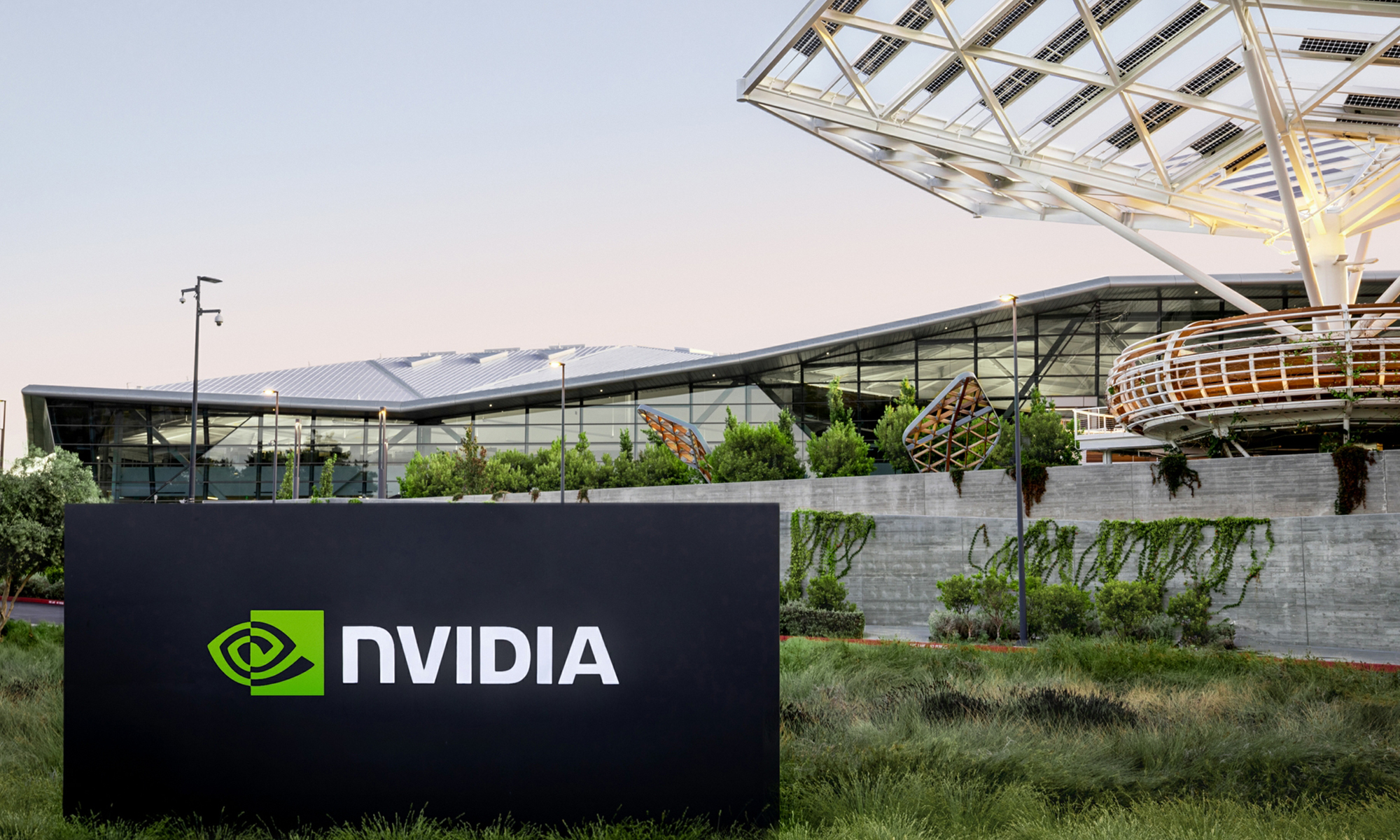Nvidia (NVDA +0.21%) stands at the heart of the artificial intelligence (AI) boom. The company's powerful AI-enabling graphics processing units (GPUs) are essential for the incredible AI models reshaping business and society. While competitors are racing to close the gap, Nvidia's combination of cutting-edge hardware and indispensable CUDA platform will continue to give it a lasting edge.
AI data center demand is driving Nvidia's growth
Companies across big tech are spending massive amounts upgrading existing data centers and building new ones to keep pace amid an AI arms race. The scale of the spending is mind-boggling.
Just four companies -- Microsoft, Meta Platforms, Amazon, and Alphabet -- plan to spend well over $300 billion in capital expenditures this year alone. That's more than the GDP of 140 countries. It's also well over the inflation-adjusted $280 billion the U.S. government spent over 13 years to send Americans to the moon.
Now, Nvidia is obviously not the sole beneficiary here, but it is the biggest. A significant chunk of that $300 billion will go toward purchasing Nvidia's uber-powerful AI chips. To be sure, a ton of them are needed to power these compute-hungry AI models running on servers in data centers the size of 70 football fields, like the one Meta is building in Louisiana. And they aren't cheap.
Wall Street expects Nvidia's top line this year to come in just shy of $200 billion, a 54% increase from last year.

NASDAQ: NVDA
Key Data Points
Nvidia's rivals are hot on the trail, but CUDA is still a major moat
Although Nvidia's technology continues to be well ahead of the competition, the company's rivals, especially Advanced Micro Devices, are gaining ground. It's unclear how long Nvidia can stay meaningfully ahead from a purely technical perspective. I do think it will be years at least, however. Nvidia has some major advantages: It can afford to outspend anyone in the field, and likely even more importantly, it continues to attract the best engineering talent.
Hardware specifications are one thing, but the more enduring moat actually comes on the software side. Nvidia's CUDA platform is a foundational layer that programmers build on top of. CUDA serves as a backbone on which most of today's AI architecture is built. Many higher-level AI tools and platforms are designed to run specifically on CUDA.

Image source: Getty Images.
This creates a significant switching cost for customers. Moving to a rival chip isn't as simple as swapping hardware -- a customer needs to retrain its engineers or hire entirely new ones with different expertise, and overhaul much of their software and workflows. In practice, the time and expense required make switching a non-starter for most organizations. As a result, CUDA effectively "locks in" Nvidia's customers within its ecosystem and allows the company to command premium prices.
Nvidia's competitors are definitely trying to unseat CUDA as the industry standard, but that's a difficult task. CUDA is too deeply ingrained in the industry. Perhaps a more disruptive threat could come from regulators who see the CUDA lock-in as a violation of antitrust laws, but despite a Department of Justice probe, it's unclear if this has any serious traction from U.S. regulators.
It's not an easy path forward, but Nvidia is capable
Nvidia has proven its ability to innovate and maintain its edge. Despite fierce competition, there are few companies in my book with the vision that Nvidia has demonstrated, and I believe this, in combination with its technological prowess and CUDA lock-in, will allow Nvidia to continue to succeed. While the company's stock is far from cheap -- it currently trades around 50 times earnings -- I think its continued growth justifies the premium.





